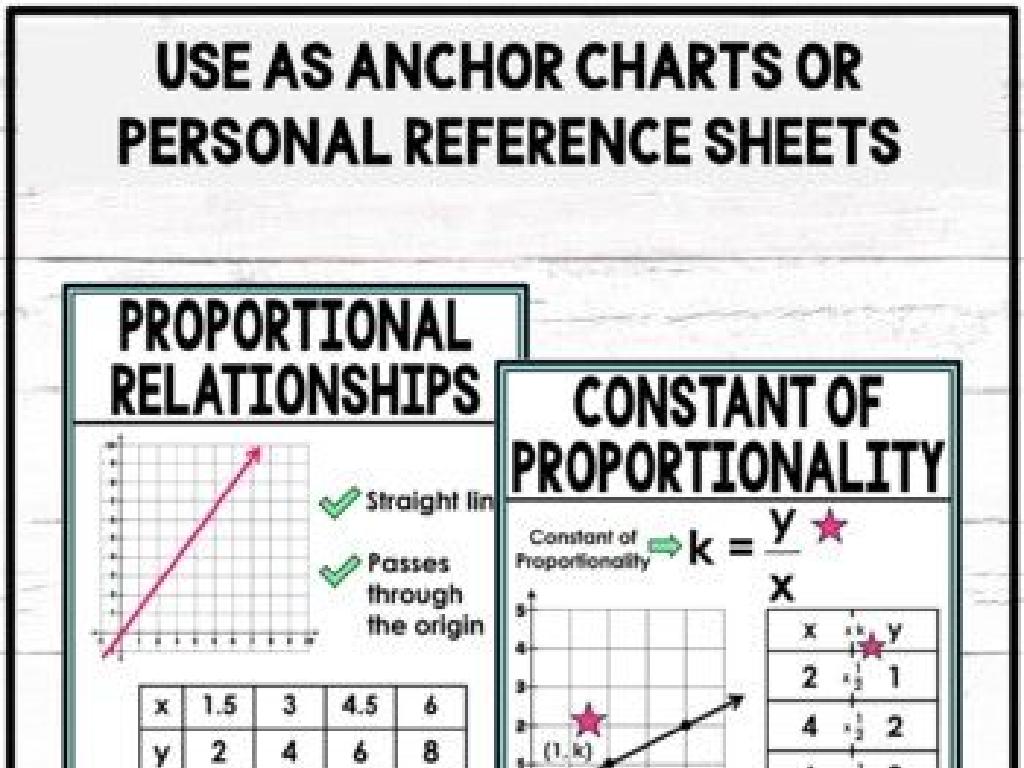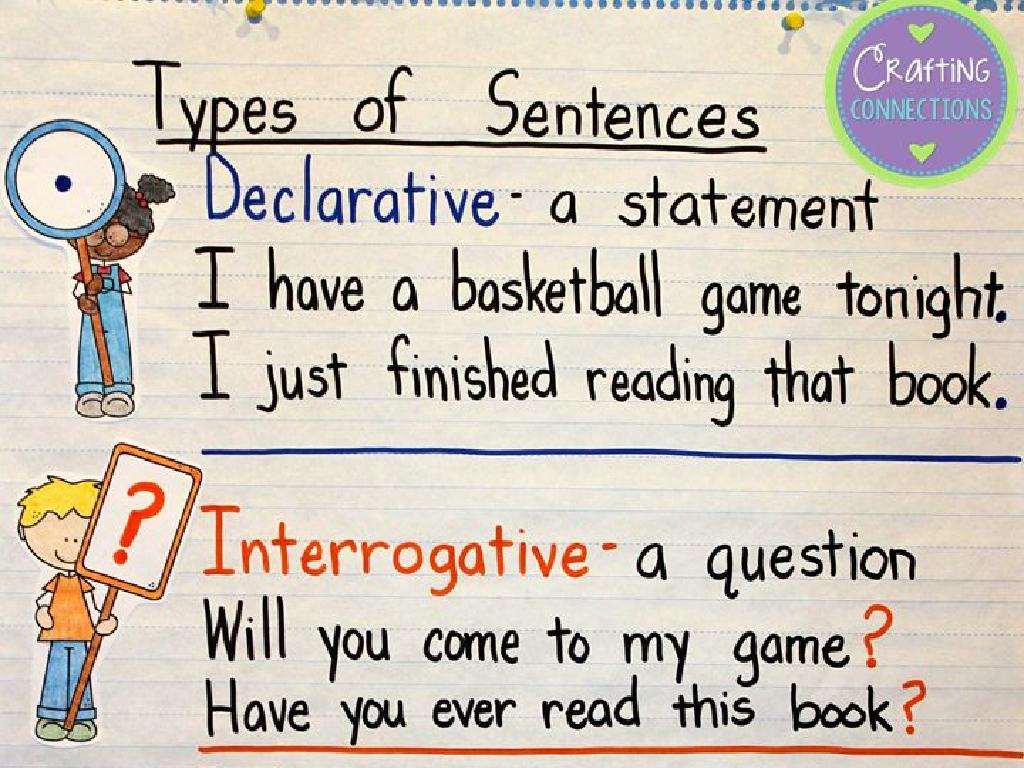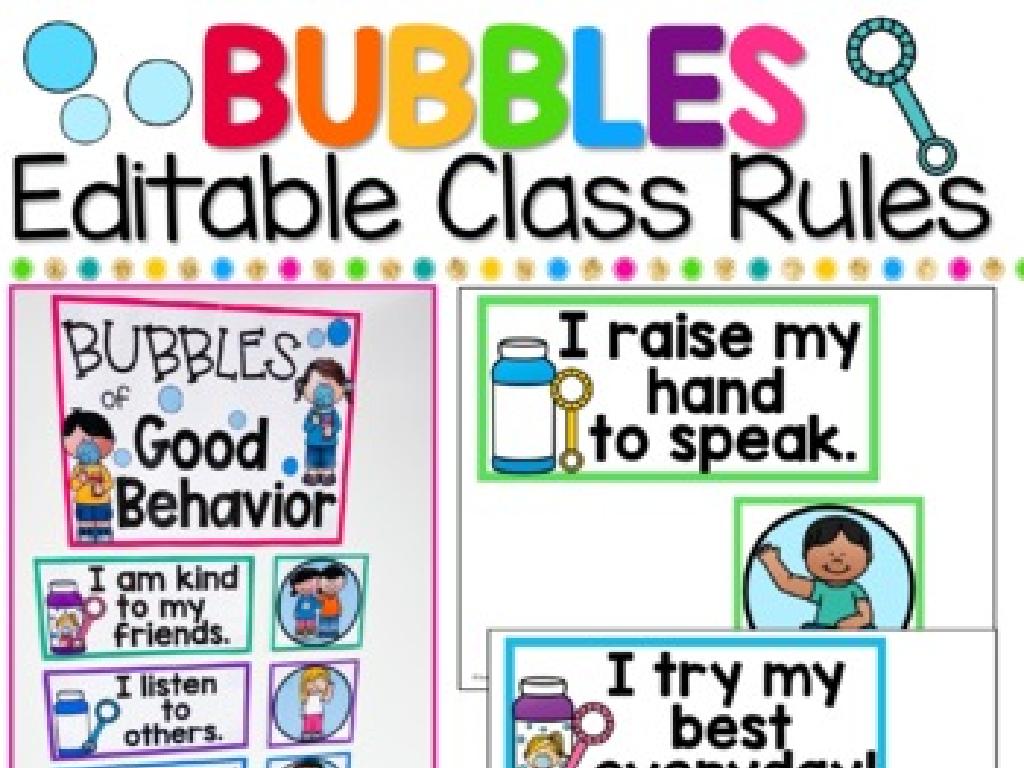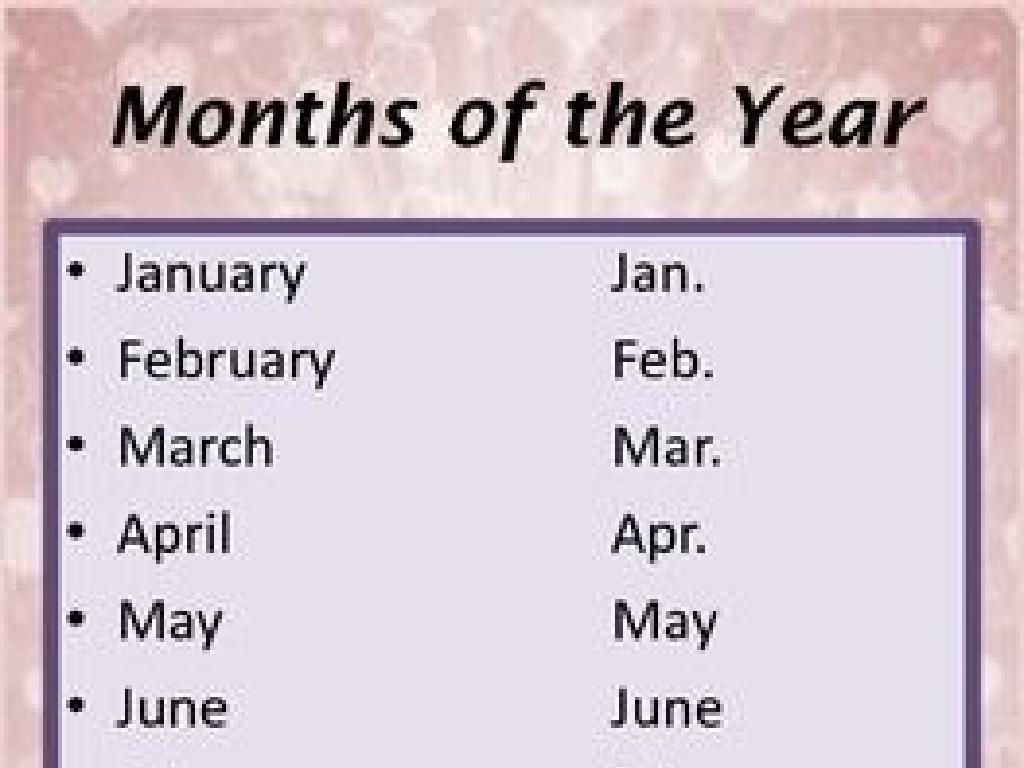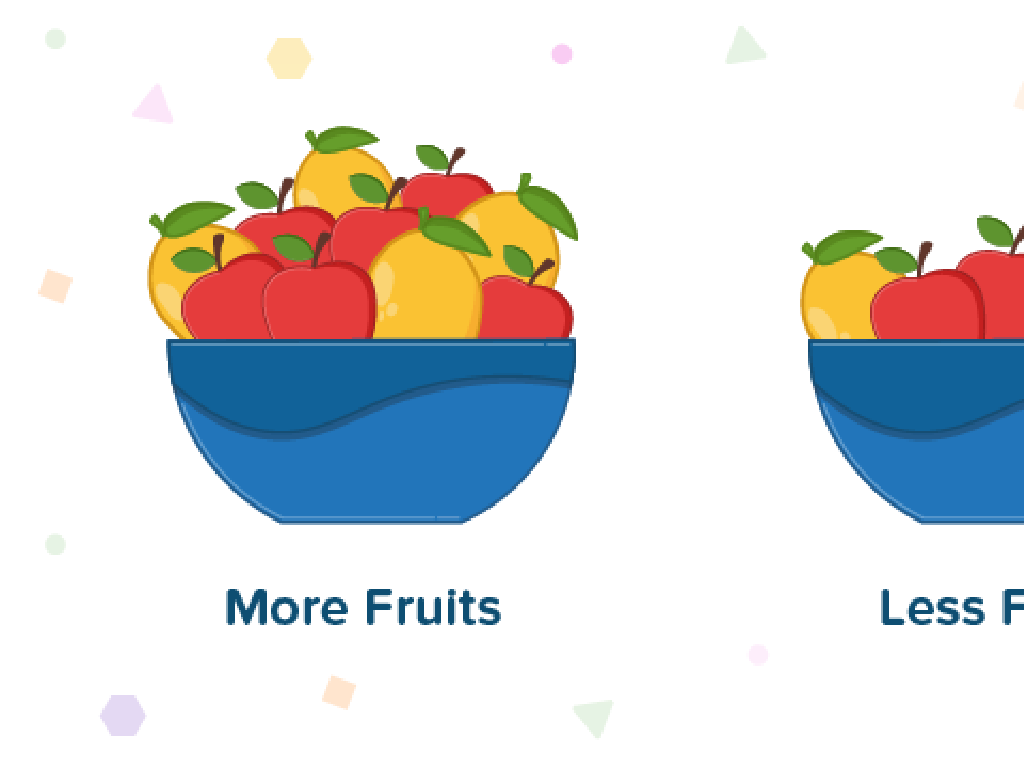The Attention Economy
Subject: Life skills
Grade: High school
Topic: Social Media Literacy
Please LOG IN to download the presentation. Access is available to registered users only.
View More Content
Navigating the Attention Economy
– Understanding digital landscapes
– Defining social media literacy
– The ability to critically evaluate online content and interactions.
– Exploring the Attention Economy
– How user attention is a valuable commodity online.
– Strategies for mindful usage
– Tips: setting time limits, curating feeds, being selective with notifications.
|
This slide introduces students to the concept of the Attention Economy within the context of social media literacy. Begin by discussing the digital environment we all navigate daily, emphasizing how it’s designed to capture and hold our attention. Define social media literacy as the skills needed to effectively and responsibly navigate and consume social media. Explain the Attention Economy as a marketplace where user attention is the currency that platforms and advertisers vie for. Conclude with strategies for students to use social media mindfully, such as setting time limits on app usage, curating their feeds to align with personal values, and being selective about enabling notifications. Encourage students to reflect on their social media habits and the value of their attention.
Understanding the Attention Economy
– Defining the Attention Economy
– The marketplace where human attention is traded and sold.
– Attention: A Valuable Resource
– Just like time or money, our focus is limited and in demand.
– Social Media’s Battle for Attention
– Platforms use algorithms, notifications, and features to keep users engaged.
– Impact on Daily Life
|
The Attention Economy refers to the modern-day marketplace where our attention is the commodity and everyone is competing to capture it. It’s important for students to understand that their attention is valuable and limited, which is why companies, especially social media platforms, go to great lengths to keep them engaged. Discuss how algorithms are designed to present content that maximizes user engagement and time spent on the platform. Highlight the importance of being aware of these tactics and making conscious choices about how to spend their time online. Encourage students to reflect on how social media affects their daily lives and attention spans.
The Currency of Attention in Social Media
– Your attention translates to revenue
– Social media platforms profit when users engage with content.
– ‘Paying’ with time and data
– Time spent on platforms and personal data are exchanged for access to services.
– Advertisements fuel platforms
– Ads are tailored to users’ interests, based on their data and engagement.
– The impact on user experience
– Ad-driven design can affect how we consume content and perceive value.
|
This slide aims to educate students on the concept of the attention economy within social media platforms. It’s crucial for them to understand that their attention is a valuable commodity. Platforms like Facebook, Instagram, and Twitter use sophisticated algorithms to keep users engaged for longer periods, which translates to more ad revenue. By ‘paying’ with their time and personal data, users are contributing to the platforms’ profitability. Advertisements are not just a source of income for these platforms but also a significant factor in the design and functionality of social media services, influencing user experience and behavior. Discuss the ethical implications and encourage critical thinking about the trade-offs between free services and personal data privacy.
Psychology Behind the Attention Economy
– Notifications: Designed to Hook
Alerts and updates constantly vie for our attention, creating a ‘hook’ effect.
– Likes/Shares: Dopamine Triggers
Social validation through likes and shares releases dopamine, similar to rewards.
– Balancing Digital and Real Life
It’s crucial to find equilibrium between our online presence and real-world interactions.
– Strategies for Mindful Use
Employ techniques like scheduled check-ins and app limits to manage screen time.
|
This slide delves into the psychological aspects of the attention economy, particularly how social media platforms are engineered to capture and retain our attention. Notifications are designed to create a sense of urgency and importance, often leading to habitual checking. The dopamine effect refers to the feel-good neurotransmitter released when we receive social validation, which can make likes and shares addictive. It’s important to discuss strategies for maintaining a healthy balance between online and offline life, such as setting specific times to check social media, using app limit features, and engaging in offline activities that promote well-being. Encourage students to reflect on their own social media use and develop personal strategies for mindful engagement.
The Attention Economy: Mental Health Impact
– Social media’s impact on self-esteem
– Comparing lives with others online can lower self-worth.
– Anxiety linked to social media use
– Constant notifications and fear of missing out (FOMO) can increase anxiety.
– Real-life examples of social stress
– Discuss cases where social media led to stress in teens.
– Strategies for healthy usage
– Set time limits and take regular breaks from social platforms.
|
This slide addresses the significant effects of social media on mental health, particularly among high school students. It’s crucial to discuss how social media can distort self-image and self-esteem by encouraging comparisons with others. Anxiety can also be heightened by the need to be constantly connected and the fear of missing out on events or interactions. Provide real-life examples that students can relate to, such as feeling stressed about not getting enough likes or feeling left out when seeing others’ posts about events they weren’t part of. Finally, offer practical strategies for managing social media use, such as setting specific times to check social media, focusing on in-person relationships, and being mindful of the content they consume. Encourage students to reflect on their own social media habits and consider the impact on their mental well-being.
Managing Your Attention in the Digital Age
– Techniques for focused attention
– Practice mindfulness, take tech breaks, and create a distraction-free environment.
– Setting social media boundaries
– Define specific times for social media, turn off non-essential notifications.
– Using tools to monitor usage
– Explore apps like Freedom or Screen Time to track and limit your social media use.
– Balancing online and offline life
– Ensure to spend time in activities that don’t involve screens, like reading or sports.
|
This slide aims to equip students with strategies to manage their attention and stay focused in a world full of digital distractions. Emphasize the importance of mindfulness and taking regular breaks from technology to maintain concentration. Discuss the value of setting clear boundaries for social media use, such as designated times or ‘no-phone’ zones, to prevent constant interruptions. Introduce tools and apps designed to help monitor and restrict time spent on social media, aiding students in becoming more conscious of their digital consumption. Lastly, stress the significance of a balanced lifestyle that includes offline activities, fostering a healthy relationship with technology. Encourage students to share their own experiences and strategies for managing attention.
Class Activity: Conducting an Attention Audit
– Track daily social media usage
– Share findings in groups
– Discuss impacts on attention
– How does social media use affect your focus?
– Plan for better attention management
– Set goals to improve focus and reduce distractions.
|
This activity is designed to make students aware of their social media habits and how it affects their attention span. Instruct students to monitor and record the time they spend on social media for one full day. The following day, have them break into small groups to share their findings and discuss the impact of social media on their daily lives and attention. Encourage them to reflect on feelings, productivity, and any changes in behavior. Finally, guide each student to create a personal action plan to manage their attention more effectively, setting specific goals to reduce social media usage during homework time or before bed, for example. Provide examples of strategies such as scheduled social media times, app limiters, or mindfulness techniques.
Navigating the Attention Economy: Conclusion
– Recap: What is the Attention Economy?
– A system where our attention is the valuable currency.
– The role of informed social media use
– Understanding how social media platforms compete for our attention helps us use them responsibly.
– Engage in open discussion
– Time for questions and reflections
|
This slide aims to wrap up the session on the Attention Economy by summarizing the key points discussed. Begin by recapping the definition of the Attention Economy, emphasizing how our attention is monetized by social media platforms. Highlight the importance of being informed users who understand the value of their attention and the tactics used to capture it. Encourage an open discussion to allow students to express their thoughts and ask questions. This is also a time for reflection on their personal social media use and how they can apply what they’ve learned to be more mindful consumers of digital content. The discussion can be guided by questions like ‘How will you change your social media habits?’ or ‘What strategies can you use to manage your attention online?’

